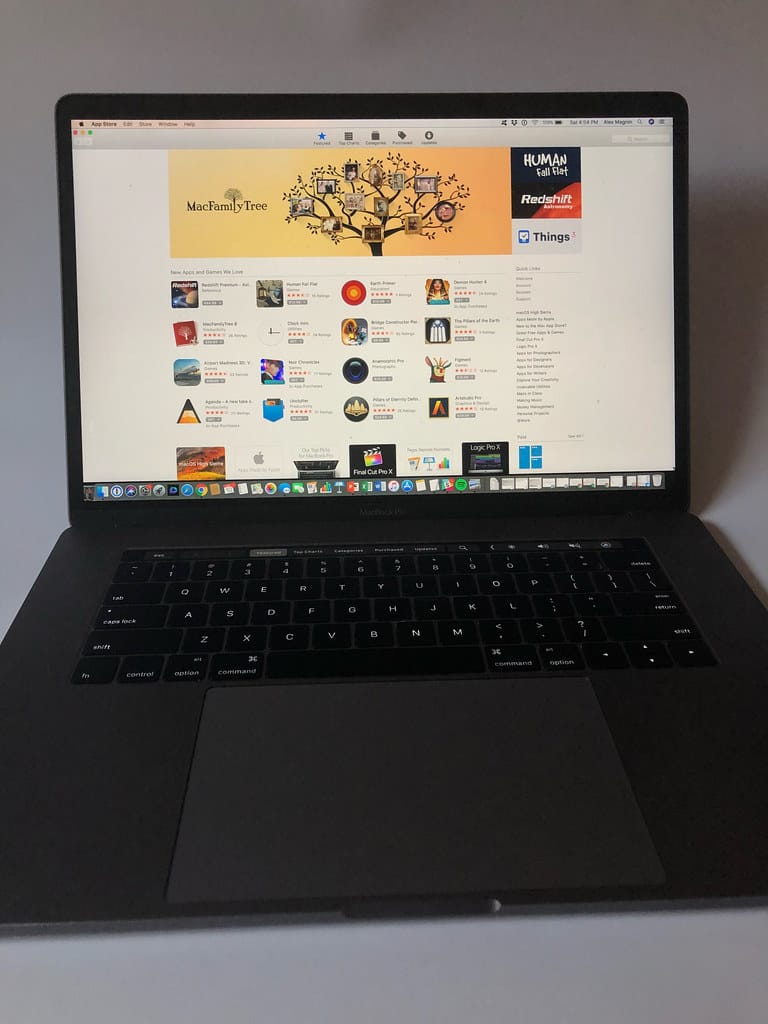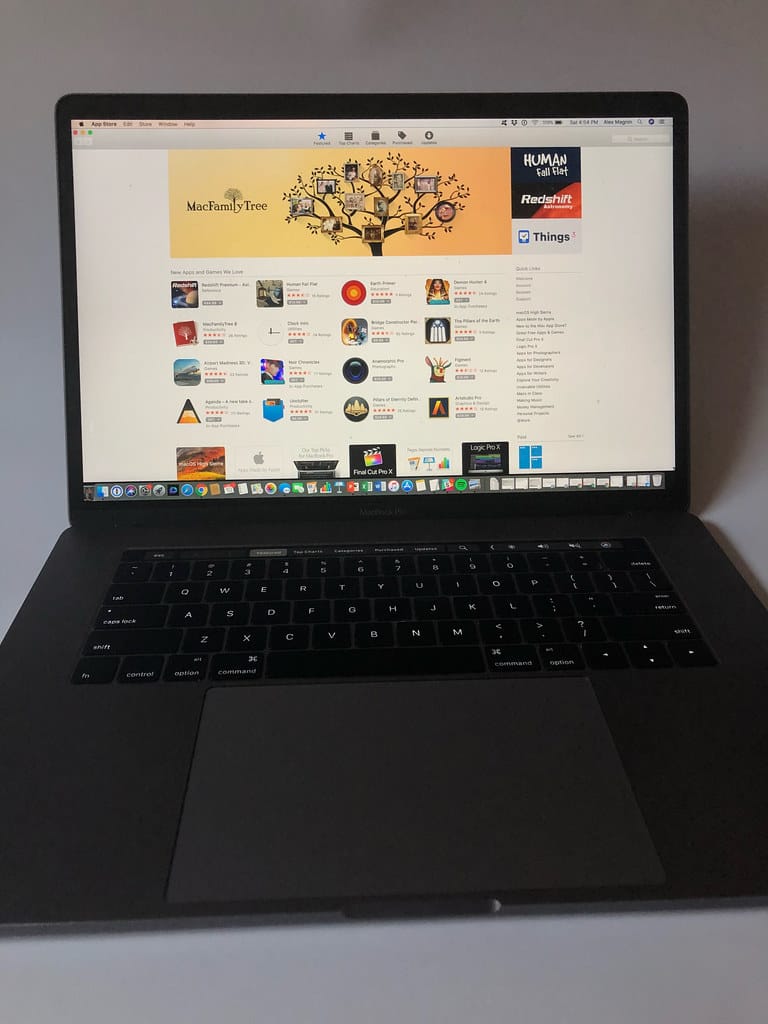Apple's Touchscreen MacBook Pro: The $200 Billion About-Face That Could Reshape Computing
After more than a decade of steadfast resistance to touchscreen laptops, Apple appears poised to make one of the most significant reversals in its product strategy history. Recent supply chain reports and industry insider sources suggest the tech giant is actively developing a MacBook Pro with touch capabilities, potentially arriving as early as 2025—a move that could fundamentally alter the premium laptop landscape.
The Great Touchscreen Standoff
Since the launch of the MacBook Air in 2008, Apple has maintained an almost religious opposition to touchscreen laptops. Late CEO Steve Jobs famously declared touchscreen laptops ergonomically flawed, stating that "your arm wants to fall off" after extended vertical touching. His successor, Tim Cook, doubled down on this philosophy as recently as 2022, insisting that the iPad served as Apple's answer to touch computing needs.
This stance stood in stark contrast to the broader PC industry, where manufacturers like Microsoft, Lenovo, and Dell have successfully integrated touchscreens into premium laptops for over a decade. The Surface lineup alone has generated billions in revenue, proving consumer appetite for versatile input methods.
Market Pressures Mount
Apple's resistance increasingly appears outdated in today's computing landscape. Several factors are driving this potential pivot:
Professional Creative Workflows: Design professionals—a core MacBook Pro demographic—regularly switch between precise mouse work and intuitive touch gestures. Current workflows often require a secondary iPad, creating inefficiencies that competitors like the Surface Studio have addressed directly.
Hybrid Work Revolution: The pandemic accelerated adoption of presentation-heavy remote work, where touch interaction feels natural for many users. Business professionals frequently find themselves wanting to tap, pinch, and swipe directly on their laptop screens during video calls and collaborative sessions.
Competitive Disadvantage: Premium Windows laptops increasingly offer touchscreen options as standard features. Apple's insistence on touch-free MacBooks has become a differentiating factor—but not necessarily a positive one for many potential customers.
Technical Hurdles and Solutions
Industry analysts suggest Apple has been quietly solving the technical challenges that initially justified their touchscreen resistance. Battery life concerns—historically a major factor—have become less relevant as Apple's M-series chips deliver unprecedented efficiency. The company's expertise in display technology, demonstrated through iPhone and iPad development, positions them uniquely to create superior laptop touchscreens.
Recent patent filings reveal Apple's exploration of advanced haptic feedback systems that could provide tactile responses superior to current laptop touchscreens. This technology could address ergonomic concerns while maintaining the precise control MacBook users expect.
The $200 Billion Question
With Apple's market capitalization heavily dependent on hardware innovation, the MacBook Pro touchscreen represents more than a feature addition—it's a potential revenue catalyst. The global laptop market, valued at approximately $200 billion, has seen touchscreen models command premium pricing of $200-500 over traditional displays.
For Apple, known for industry-leading margins, touchscreen MacBooks could justify even higher price points while attracting Windows users who've been waiting for this convergence of Apple's ecosystem benefits with modern input flexibility.
Strategic Implications
A touchscreen MacBook Pro would represent Apple's acknowledgment that the rigid separation between iPad and Mac philosophies no longer serves user needs. This shift could accelerate the convergence of macOS and iOS features, potentially leading to more unified app experiences across Apple's ecosystem.
The timing also aligns with Apple's push into professional markets, including video editing, 3D modeling, and software development—fields where direct screen interaction can streamline complex workflows.
Looking Forward
While Apple hasn't officially confirmed touchscreen MacBook development, the mounting evidence suggests we're witnessing the end of an era in Apple's design philosophy. The company that once insisted users should "think different" about laptop interaction may finally be ready to think differently about their own long-held beliefs.
For consumers, this represents the potential convergence of the best elements from both computing paradigms—the precision and power of macOS with the intuitive interaction model that has defined mobile computing. Whether Apple can execute this transition while maintaining the refined experience MacBook users expect will define not just a product launch, but the next chapter of laptop evolution itself.
The touchscreen MacBook Pro may finally answer the question that has persisted for over a decade: what happens when Apple's legendary user experience philosophy meets the undeniable utility of direct screen interaction?

